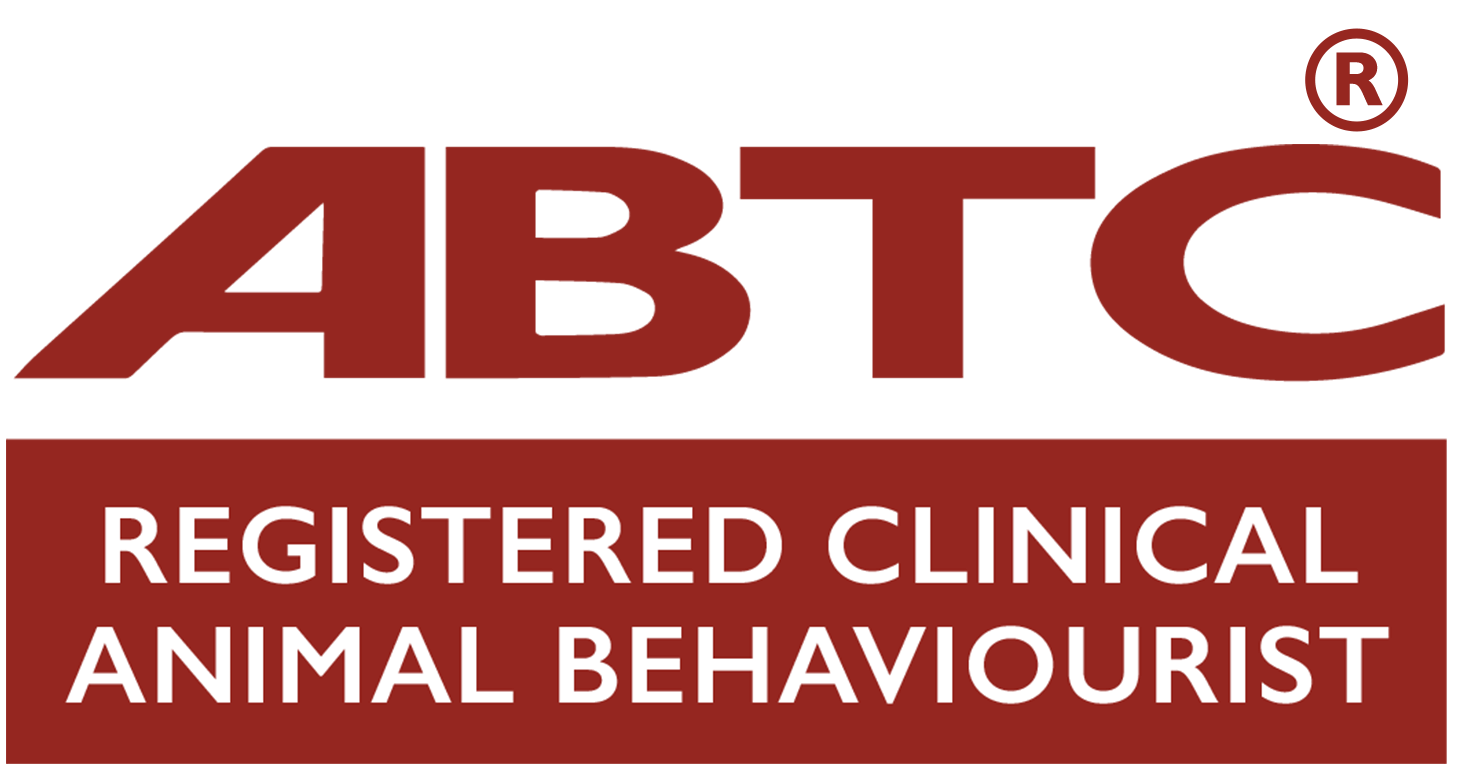That regular trip around the block or down to the park can lull us dog owners, into a false sense of security and routine about our walk. But have you ever considered what you would do if your safety or that of your dog’s was compromised?
Although dogfights look and sound frightening, most of them end with no damage to either party. Because dogs are capable of seriously injuring each other, much of their aggression is ritualised. Arguing dogs might growl fiercely, bark, snap and show their teeth or even bite each other’s faces and loose neck skin. However, most dogfights – especially those between well-socialised dogs – don’t typically result in injury. A dogfight is usually the equivalent of a brief, heated argument with a friend or family member. There may be a lot of spit and noise, but actual damage, aside from the odd scratch or scrape, is relatively rare.
To help you know what to do in a crisis, here are our tips on how to keep your dog walks safe.
How to handle an aggressive dog coming at you
- The most non-confrontational way of dealing with a dog that is running towards you (especially if your dog is worried about others), is to throw a bunch of food (think cut up pieces of cheese, chicken, sausage, doggie treats that you would take out on a walk to reward your dog for recall etc) out towards / in the direction of the on-coming dog. Most dogs find it hard to resist the opportunity to stop and sniff out food, so this tactic can help provide some precious time for you to quickly move away and the dog’s handler to catch up with their pet.
- If you are walking in an area where you know there are loose dogs and you have any concerns, take along an umbrella that pops open at the touch of a button. This means in the event of an aggressive dog coming at you, you can simply ‘pop’ open the umbrella, thereby deflecting your dog from the aggressor’s view. This gives you vital seconds to call for help and for the other dog’s owner to retrieve their pet.
- If things are starting to escalate, then you can use your dog’s lead and swing this around in a fast propeller movement, creating space between you and the on-coming aggressive dog. (You can do this one handed if you need to hold onto your own dog’s collar or harness). Then very slowly move away from the dog while still propelling the lead.
Recognise the early warning signals of heighten arousal in ‘play’ before it’s too late
Most owners will recognise the given visual and vocal signals of an aggressive dog. However when dogs play together they can quickly become over aroused and this may go from ‘good play’ to ‘play gone wrong’. By learning to recognise the early warning signals, you can interrupt the dogs play, thereby keeping playtime safe. It’s time to interrupt playtime when you see and hear:
- The dogs’ movements start to become faster and more erratic.
- Either one or both dogs’ pupils dilate and their eye shape widens.
- Play-growls may start to take on a lower pitch and sound prolonged. (Click here to listen to the difference between a ‘play growl’ and a ‘threatening growl’).
- Your dog is being chased by several dogs. This could quickly turn into a mob-like attack on the dog being chased.
- Your dog starts jumping up at you. Don’t dismiss this as annoying behaviour. He might be trying to say “Hello – I’m scared, take me home now!”
Breaking up a dog fight
If your dog is involved in a dog fight, knowing how to break this up safely should be in every dog owners ‘toolkit’. Here are our recommendations on what to do, if the unthinkable happens.
- Avoid grabbing your dog by the collar if he starts to fight with another dog. It seems like the natural thing to do, but it is a bad idea. That’s because your dog might whip his head around to bite you. This kind of bite, called ‘redirected aggression’, is like a reflex; the dog simply reacts to the feeling of being grabbed and bites without thinking.
- A sudden, loud sound will often interrupt a fight. Clap, yell and stomp your feet. If you are at home – get two metal bowls and bang them together near the dogs’ heads to cause a distraction. Alternatively, purchase a small air horn and keep that handy; put it in your back pocket before taking your dog somewhere to play with other dogs.
- Another option is using a citronella spray. Aim for the fighting dogs’ noses. If an aggressive dog approaches, spraying the deterrent in his direction may stop him in his tracks and prevent a fight. If he attacks, spraying the deterrent on or near his nose may break up the fight.
- Putting something between the fighting dogs is another way to break up a fight. A large, flat, opaque object like a piece of plywood is ideal because it both separates the dogs and blocks their view of each other. If such an object is not available, use a strong tree branch, bin lid, garden chair – in fact – anything you can use and is close to hand. If you are struggling to find anything, throw your jacket over both dogs. The covered dogs may stop fighting if they can no longer see each other.
Getting physical – what to do if you have to dive in
If you have used some of the approaches above yet the dogs are still fighting, then it is time to dive in. See below for the protocol for prizing fighting dogs apart:
- You and a helper (or the other dog’s owner) should approach the dogs together. The aim is to separate them at the same time.
- Take hold of your dog’s back legs at the very top, just under her hips, right where her legs connect to her body. (Avoid grabbing her lower legs: you may cause serious injury when grabbing a dog’s legs at the knees, ankles or paws.) Like you would lift a wheelbarrow, lift your dog’s back end so that her back legs come off of the ground. Then move backwards, away from the other dog. As soon as you are a few feet away, do a 180-degree turn, spinning your dog around so that she’s facing the opposite direction and can no longer see other dog. Make sure the other person manoeuvres their dog in the same way, at the same time as you.
- Move away as quickly as possible and get the dogs back on their leads.
- Assess your dog for any injuries – if there is an injury, tell the other dog owner, get their details, take photos and get your dog to the vets straight away. An injury might not look serious, but there could be underlying bleeding or bacteria that could cause an infection. Prevention is better than cure!
And finally…
- Be alert and look around you as you walk. We’ve all done it, but typing out text messages or chatting on the phone can provide an unnecessary distraction.
- Never display visible signs of expensive items that may be targeted by thieves, such as the latest phone, flashy jewellery or a desirable iPod.
- Wear a hat rather than a hood, as the sides of hoods attached to coats will compromise your peripheral vision.
- Avoid listening to music or wearing earphones when out walking, as this will compromise your alertness and mean that you might miss the sound of someone approaching. Earphones also provide a visible indicator to predators that their approach may go undetected.
- Keep your dog within 20ft of you on a walk, so you can quickly act if you need to.
- Know Dog Law. This year saw the biggest changes to the Dangerous Dogs Act and other dog laws. This law now covers any incidents that occur on private property, in addition to public spaces. So, this includes you own house – both front and back gardens.
- It will now be an offence for your dog to attack an assistance dog (Guide Dog, Hearing Dog etc).
- Prison sentences will be increased for those convicted of some offences.
- Police or an appointed local authority now have powers to seize a dangerously out of control dog in a private place. The existing legislation already covers public places.
- These changes apply to all dog owners no matter what size or breed, whether your pet is a Springer, Cockapoo or a Collie cross.
For more help and advice, contact [email protected]
Learn more about our classes

Get Hanne's Book
Playing With Your Dog will help any dog owner work out the games that are best suited for their pet to play throughout his life, from puppyhood to old age. The book also shares some tricks for all ages, group activities, and recommended toys that dogs will enjoy.

























